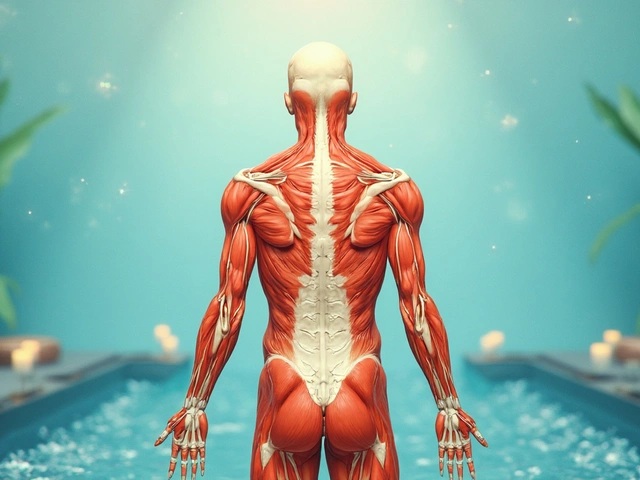Body Alignment: Simple Ways to Stand, Move, and Feel Better
Bad alignment makes everyday things harder: more pain, less energy, and higher injury risk. You don't need fancy gear to fix it. A few checks and small habits change how you move and how your body feels—fast.
First, what I mean by alignment: your bones stacking over each other so muscles work efficiently. When they don't, some muscles do too much and others do too little. That imbalance shows up as neck pain, low back tightness, sore hips, and even poor breathing. For dogs, the same idea applies—shifted weight, limp, or stiffness often points to alignment issues.
Quick alignment checks you can do right now
Stand tall and breathe. Put your feet hip-width apart and let your arms hang. Look in a mirror or take a photo from the side. Your ear, shoulder, hip, knee, and ankle should form a gentle line. If your head juts forward, shoulders round, or hips tilt, you've found targets to fix.
Try a wall test: stand with your heels, butt, shoulders, and head against a wall. Can you slide a flat hand behind your lower back? A small gap is normal; a big gap or no gap tells you about pelvic tilt. For dogs, watch them from behind while they stand—uneven hip height or weight favoring one leg shows misalignment.
Easy fixes that really work
1) Reset your rib cage and pelvis: lie on your back with knees bent and feet flat. Breathe into the belly, then gently cue your pelvis to flatten for a few breaths and relax. Repeat for 5 minutes. This helps neutral spine and breathing.
2) Shoulder fix: stand or sit, squeeze shoulder blades together for 5 seconds, release. Repeat 10 times. Do this throughout the day to reduce rounded shoulders.
3) Foot-to-hip stack: roll a tennis ball under each foot for a minute to wake the arches. Strong feet help align knees and hips.
4) Short mobility bursts: 2–3 sets of 8 cat-cow cycles, slow hip circles, or thoracic rotations. These keep joints moving in the right places so muscles don't overcompensate.
Massage helps a lot. Targeted work like myofascial release, neuromuscular therapy, or sports massage loosens tight areas that pull you out of alignment. A trained therapist can read patterns—tight calves, sticky hips, or tense neck—and show stretches that stick.
Small habits add up: sit with both feet on the floor, take movement breaks every 45 minutes, and sleep with a pillow that keeps your neck neutral. For dogs, regular walks, balanced muscle work via gentle massage, and vet checks for uneven gait keep their frame healthy.
Fixing alignment doesn't require extreme workouts. Do simple checks, pick two fixes, and repeat them daily. Consistency beats intensity—tiny changes over weeks create a more balanced, less painful body.
If pain persists, get a professional assessment. A simple movement screen with a therapist or vet pinpoints what needs attention and speeds progress. Start with small steps this week. You will notice.

Hellerwork: The Essential Guide for Beginners
Hi there, ladies! Ever heard about Hellerwork and wondered what it is? Well, it's a form of holistic therapy that focuses on improving body alignment, and we're going to tackle it in this post. Ideal for beginners, this guide will touch on the basics, benefits, and processes involved in Hellerwork. Join me as we delve into this fascinating wellness journey, offering both physical and mental adjustments for better living.

The Magic Touch: Understanding Lomi Lomi Massage
Oct, 19 2023



